Just recently my Mum lent me one of her favourite books - Made in England by Dorothy Hartley. It's a beautifully illustrated and written book about old English crafts. Proper crafts: I think the word 'craft' might have been slightly altered by the legions of old folk knitting covers for things that really don't need covers.
 Dorothy Hartley is a social historian of epic proportions (she has the same drive as that Gladys Thompson, who I seem to be linking all the time recently). At one point in the book she is in some woods working with people making ladders and she describes the workers going home and night falling and, later on, a fox crossing their work place . . . it seems she just stayed there all night.
Dorothy Hartley is a social historian of epic proportions (she has the same drive as that Gladys Thompson, who I seem to be linking all the time recently). At one point in the book she is in some woods working with people making ladders and she describes the workers going home and night falling and, later on, a fox crossing their work place . . . it seems she just stayed there all night.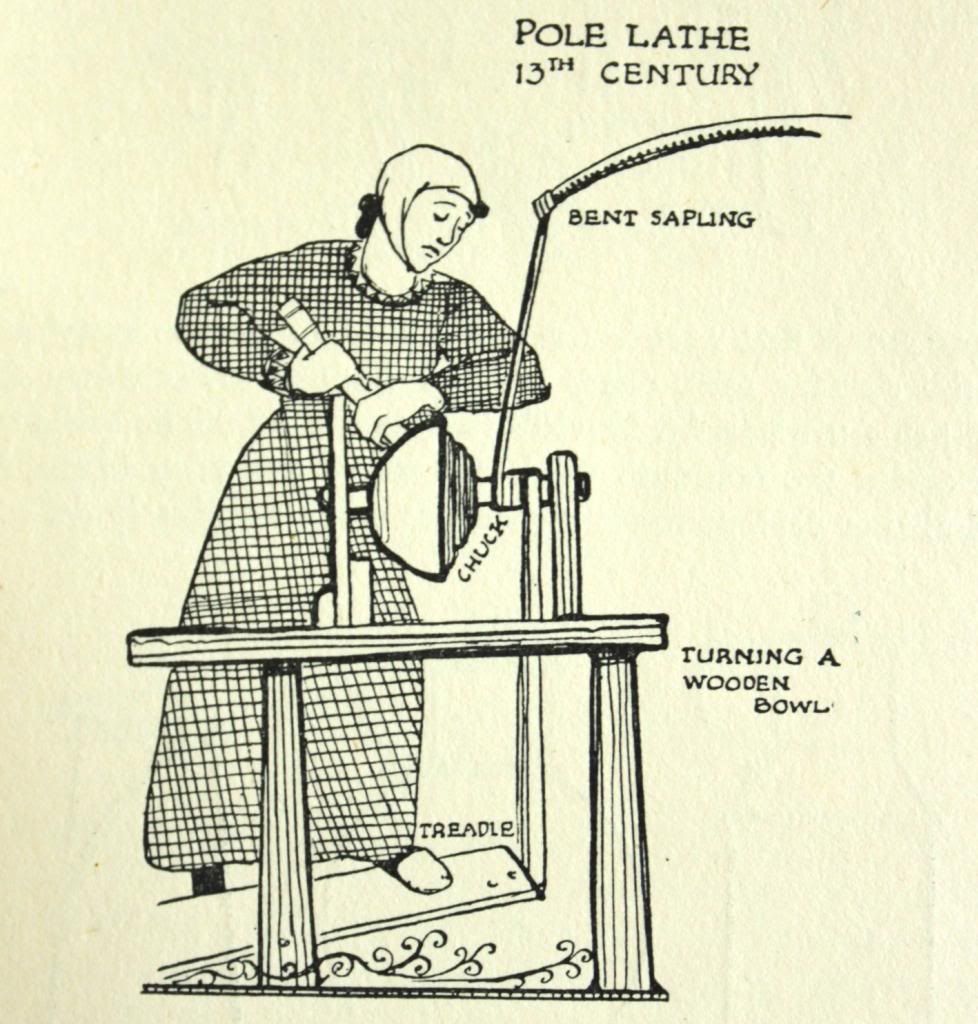 I've chosen my favourite illustrations from the book and I will also share my favourite quote -
I've chosen my favourite illustrations from the book and I will also share my favourite quote -"By specialising work you can increase output and give the worker more free time, but is he able to do anything new and vital in that free time if you have stunted his initiative, his creative faculty"
When I read that bit I felt much happier, and thought about maybe booking myself another evening class, to hell with specialisation - let's all just do what we want!
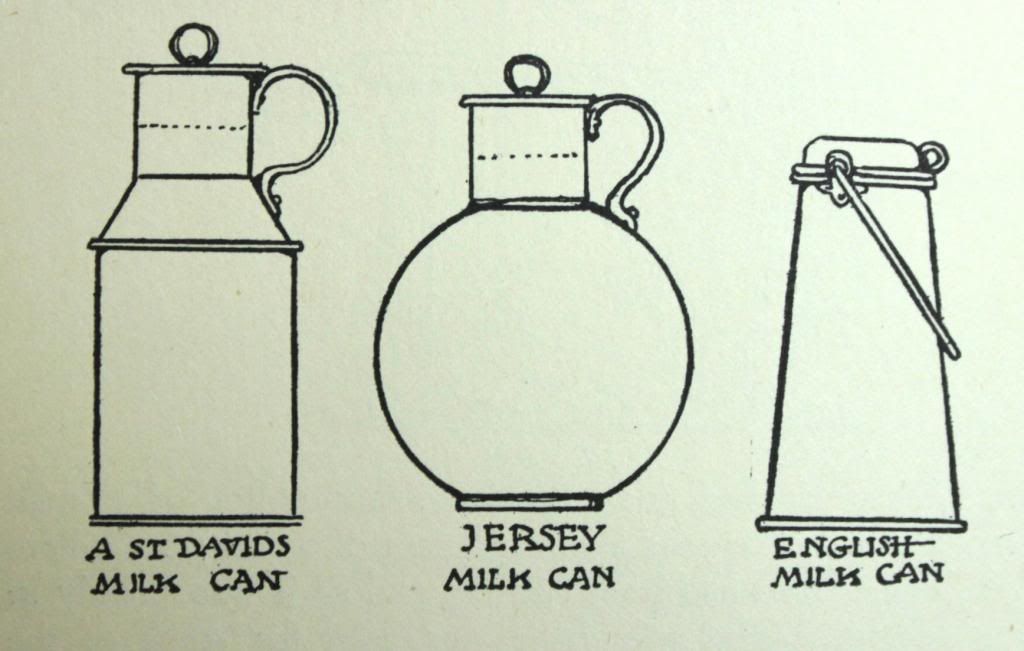
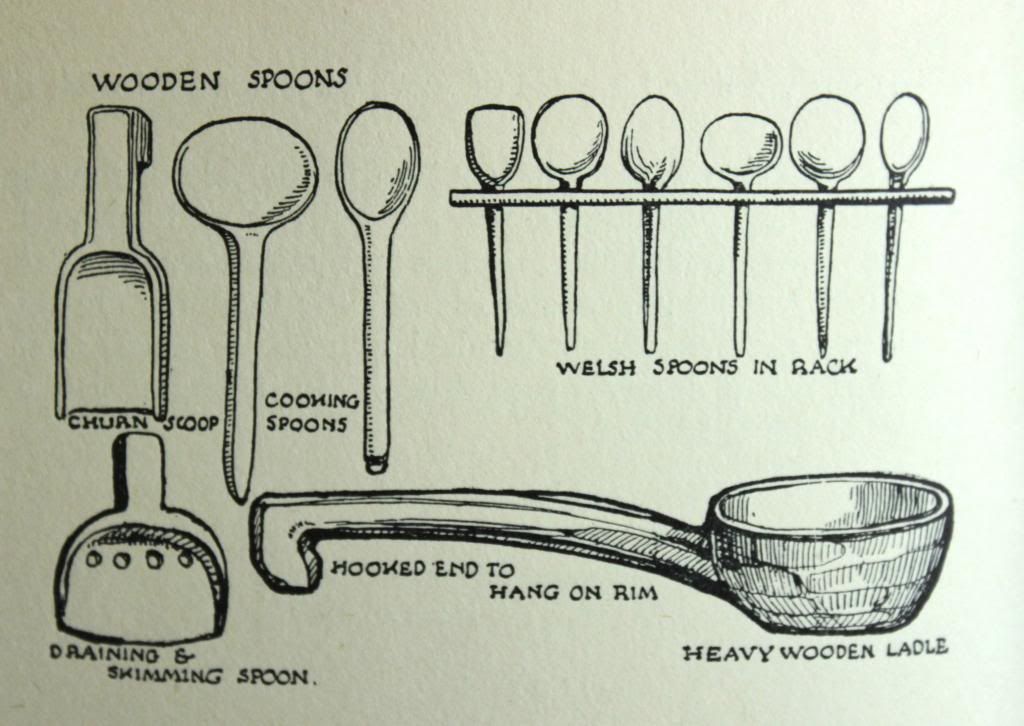
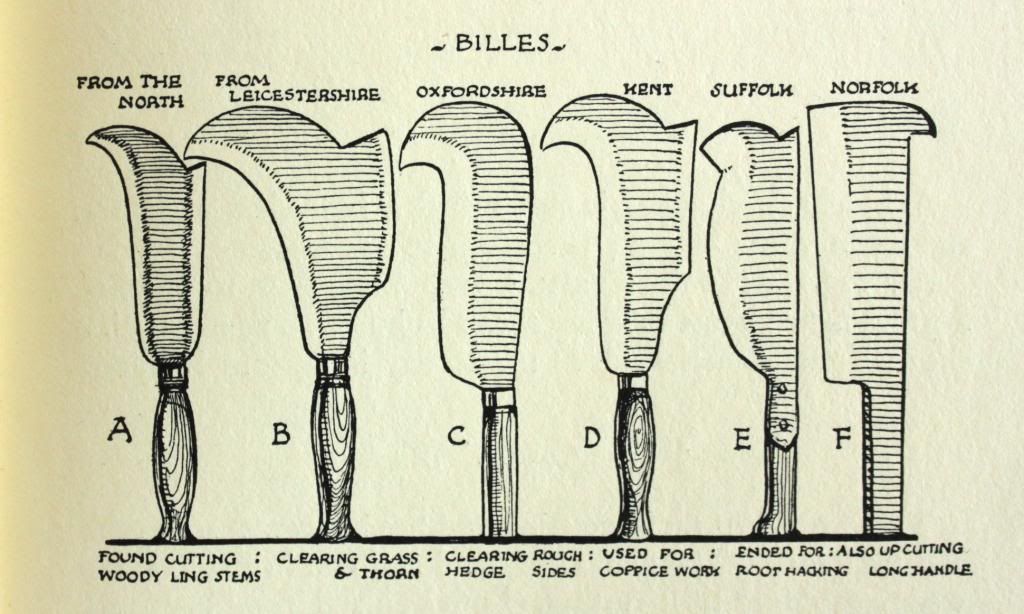

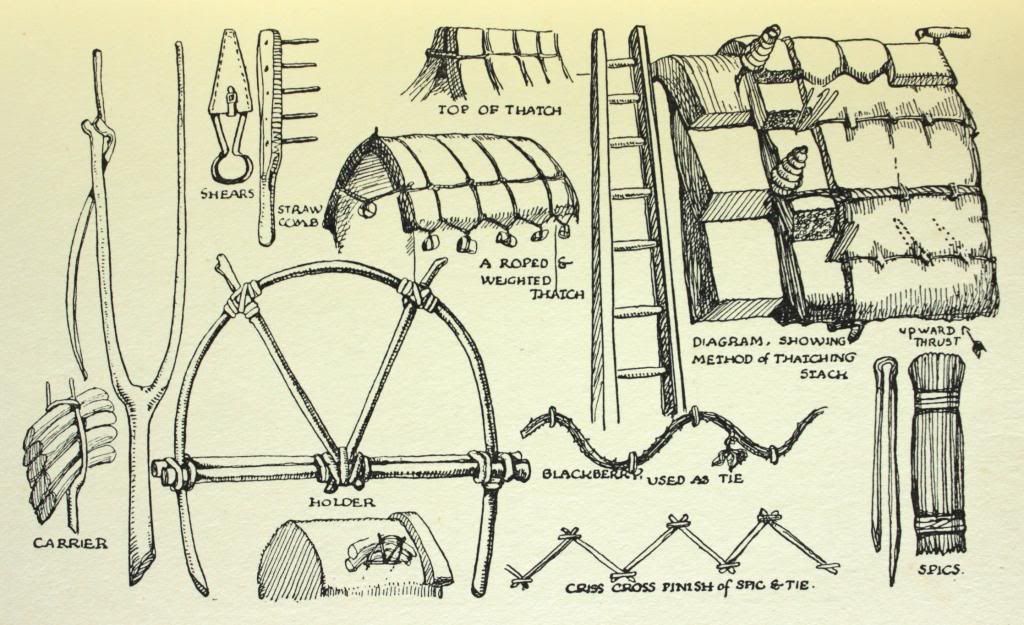
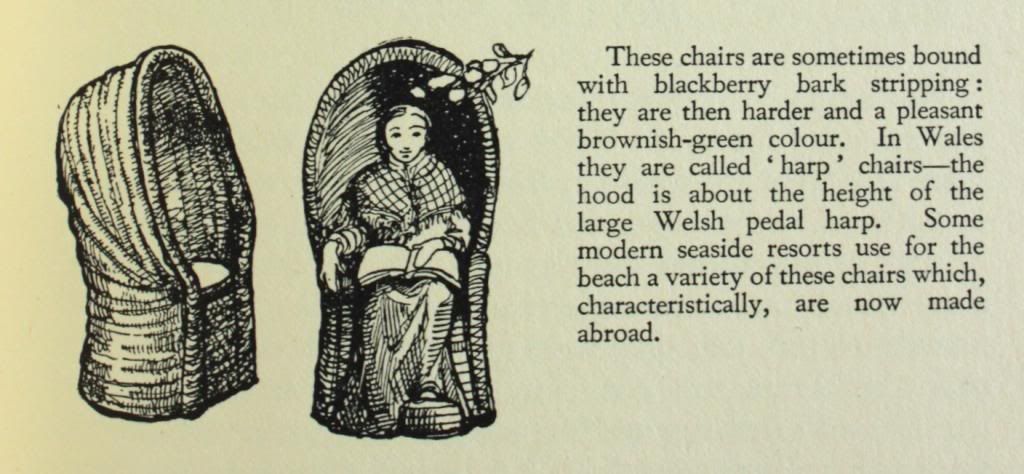

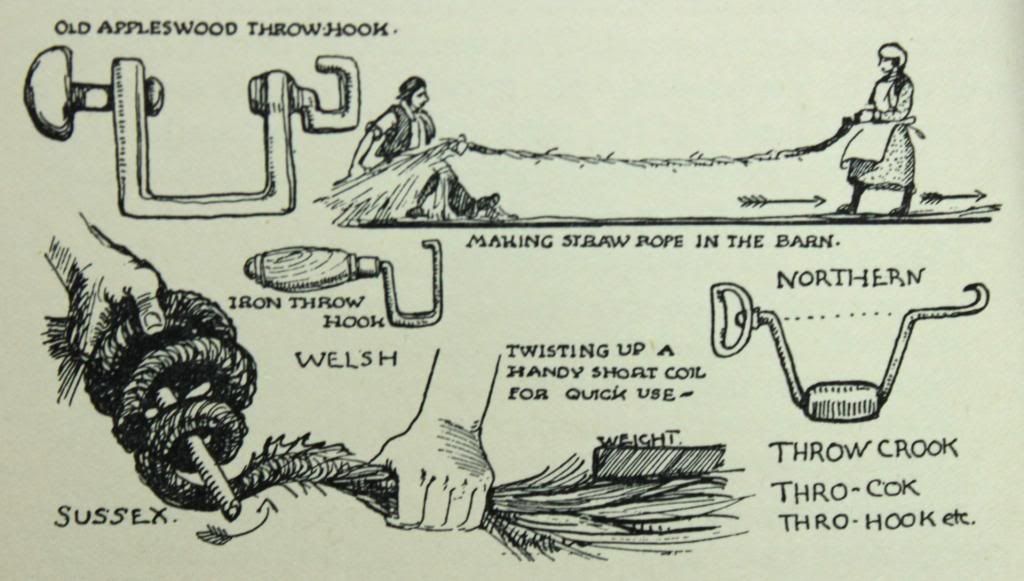
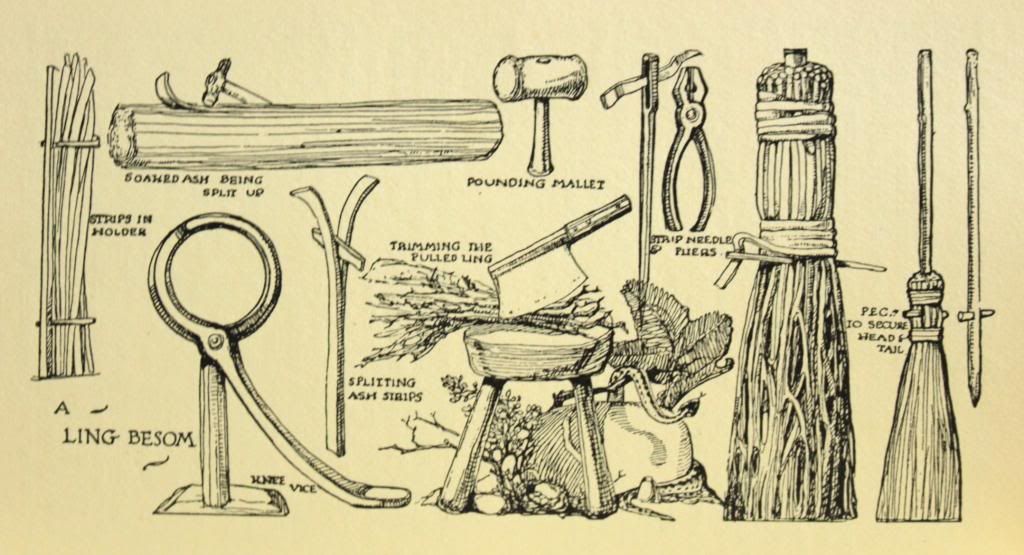
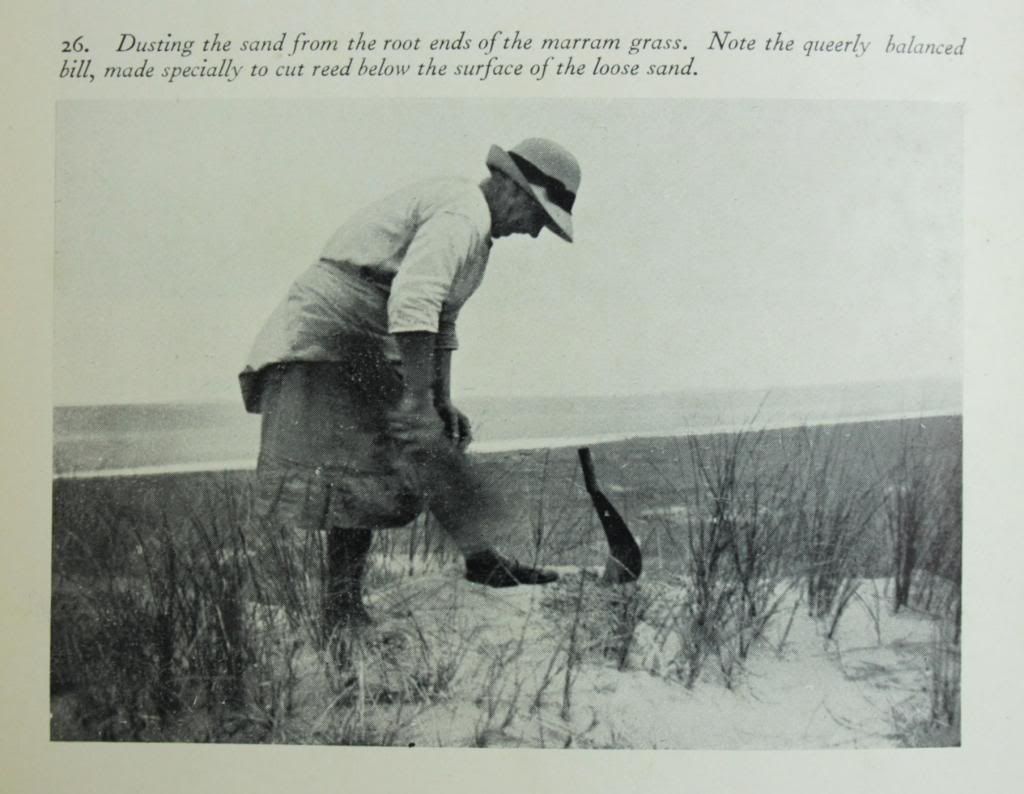
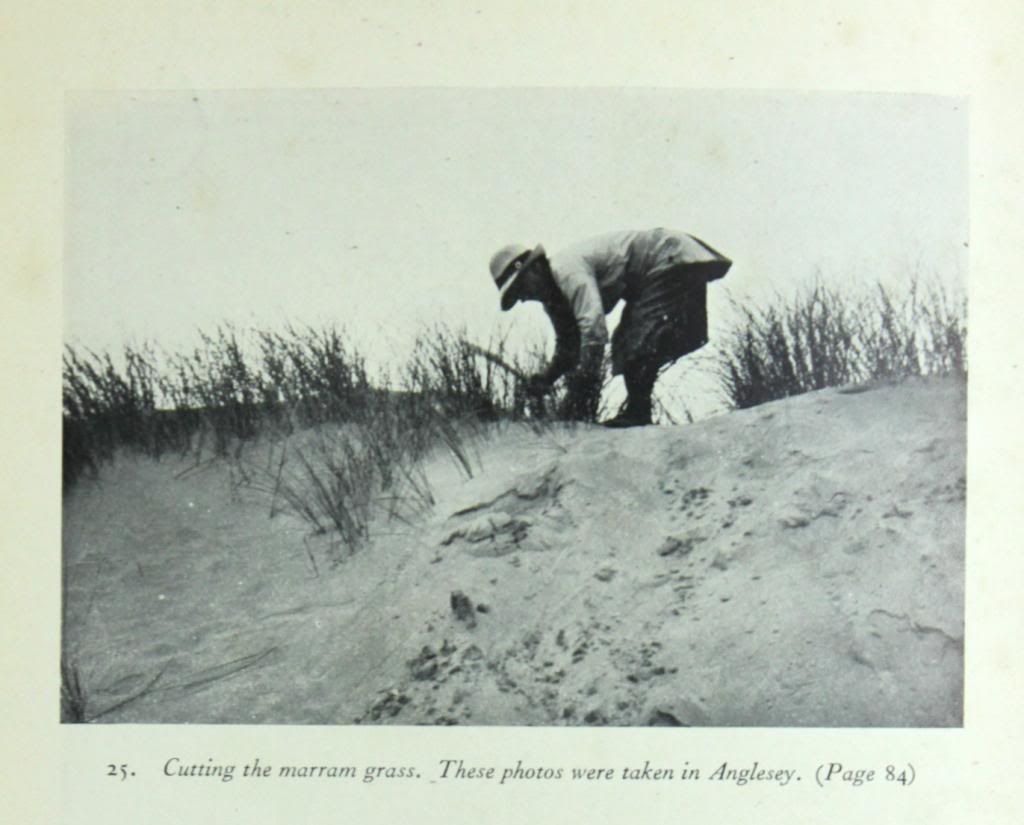
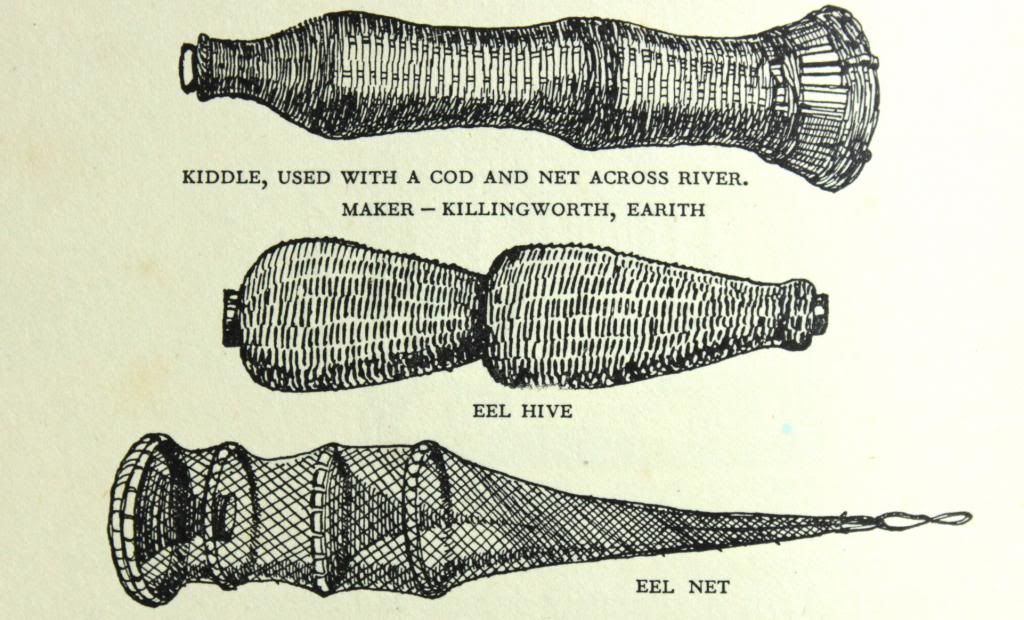
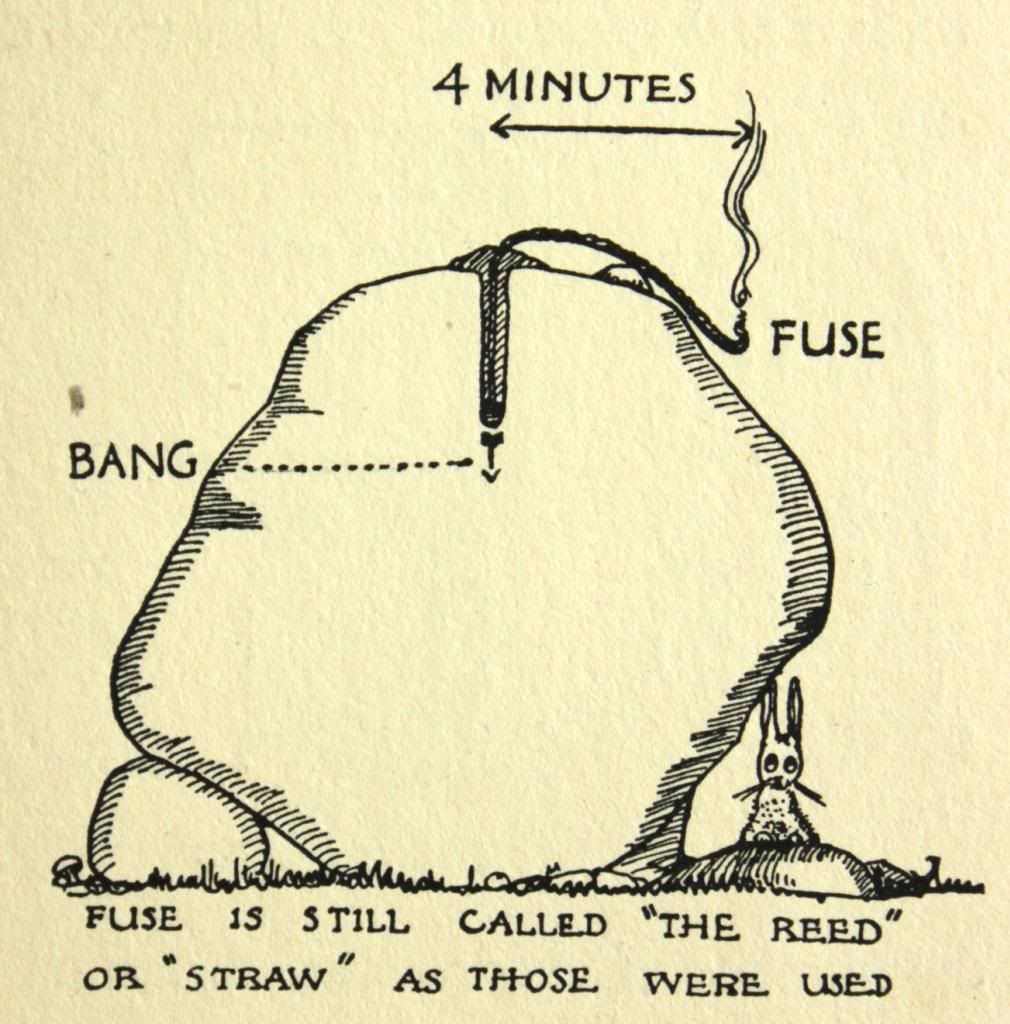
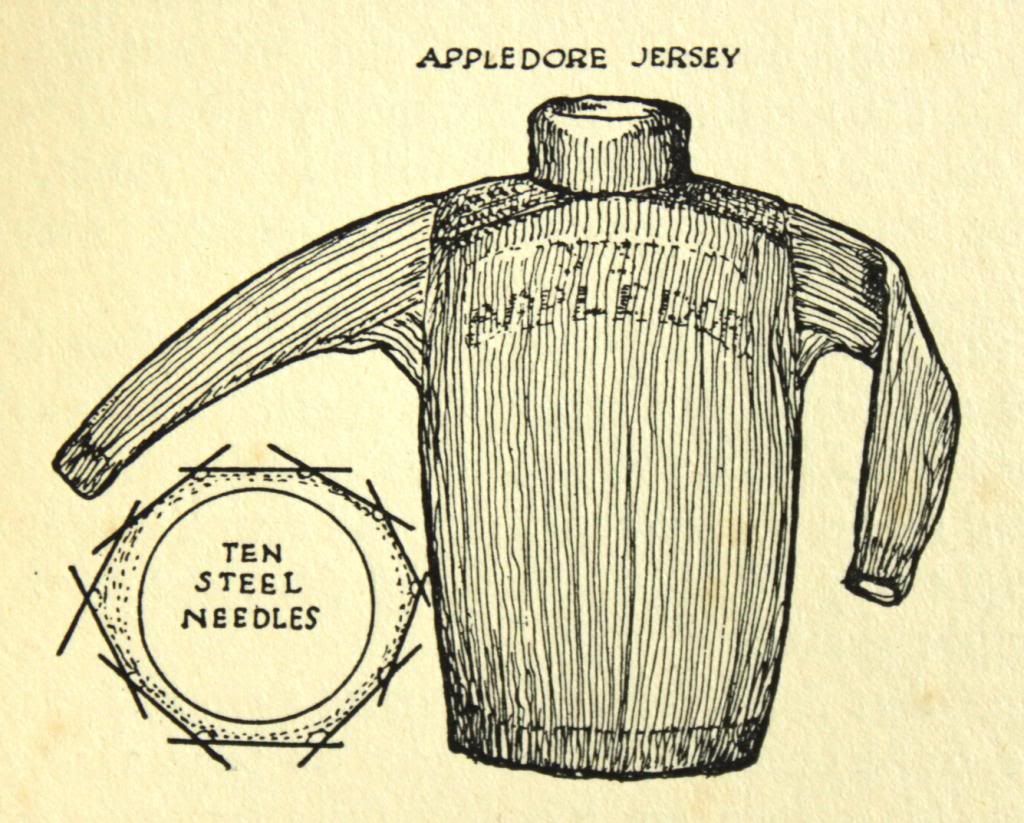
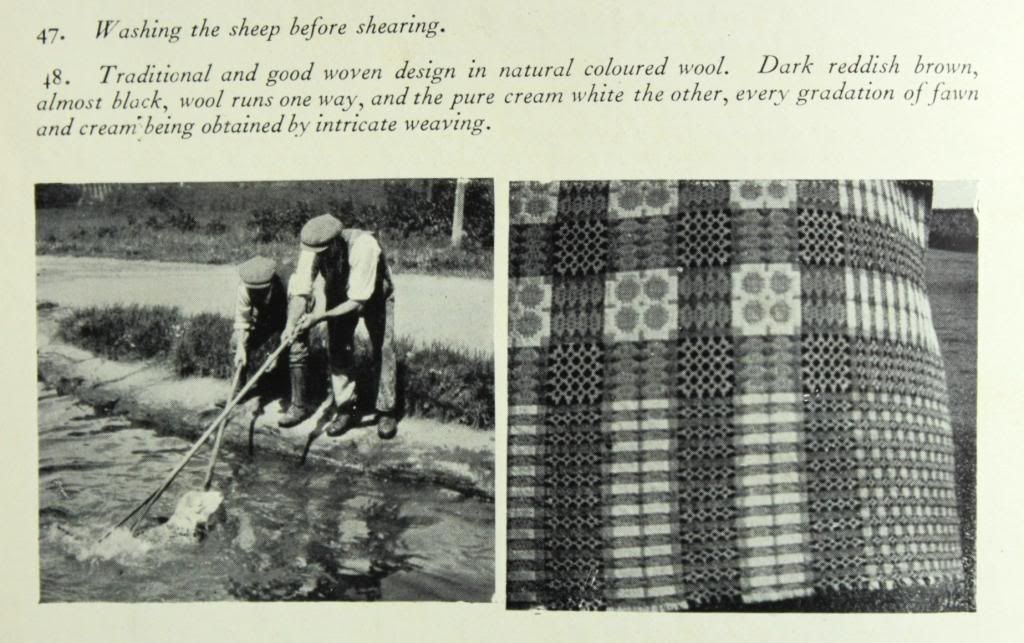 Made in England isn't in print anymore, a real shame, but her best known book Food in England is readily available - it's next on my list to read. If you ever come across a secondhand copy of Made in England keep it and cherish it.
Made in England isn't in print anymore, a real shame, but her best known book Food in England is readily available - it's next on my list to read. If you ever come across a secondhand copy of Made in England keep it and cherish it.

Love those illustrations! And that Appledore jersey, made with 10 needles?!
ReplyDeleteThis is so lovely, really like the image of the two figures twisting straw rope. Lucky you your mum hung on to this treasure.
ReplyDelete10 needles is pretty nuts - and I hadn't clocked an appledore jersey before, one for the list of native jumpers.
ReplyDeleteAnd apparently the rope twisting was often used as an opportunity for courting, which sits nice symbolically.
A treasure indeed.
What an incredible book. I take for granted what might have been lost regarding old English craft, being from a colony means that a lot of the time you focus on what in your own culture has been lost through colonisation. Seeing this makes me realise the loss of this kind of knowledge is universal. Do you think this knowledge is taken for granted over there? Or do you think there are still artisans who practice these crafts somewhere?
ReplyDeleteI don't think it's taken for granted - but appreciating it is certainly a middle-class activity. Actually practising the crafts in this book is a different thing, I know some people that weave and make corn dollies in a way that probably has a similar intent but a lot of the things in the book would be of no use in day to day life now - so does that stop them being a craft? Maybe making an eel trap to sell is a fine art activity because so few people would buy one to actually use.
ReplyDeleteBut I'm always surprised the amount of my friends who take their shoes to cobblers or sew clothes or make things, also the amount of metal works and foundrys there are once you start looking. It seems to me the culture is not gone, it's just changed - maybe we should be Dorothys and go out and find it.
In Māori culture the loss of "traditional" knowledge is mainly due to the introduction of new material, in some ways it leads to innovative, new ways of making cloaks, hīnaki (eel traps) etc. But, in others it means using wire in place of flax as it is more versatile but this means that the weaving techniques that would have been used are lost.
ReplyDeleteWhat is interesting here is that these items are still necessary for performance in our cultural events but the practise is still in decline. It just makes me wonder why I've been taught how to knit and sew but not how to prepare flax and weave it. I think similarly here that the practise isn't lost but it's just in pockets around the country that you need to find.
ALL the things need knitted covers.
ReplyDeleteMaeve, you do have a point there - uncovered things are rather crass.
ReplyDeleteMatariki, it sounds like traditional crafts are more alive in New Zealand than over here potentially, though I guess it's hard to ever know. You're studying at the moment right? Are there any books you'd recommend?
Hi there, reading your lovely piece on English crafts made me think of the Fete des Vieux Metiers I visited near Baud in France this summer. I thought it would be deserted (it's not the most inspiring title for an event!), but the place was heaving as all the visiters watched ancient Breton crafts, tools, etc.
ReplyDeletehttp://www.ouest-france.fr/sport/une_cyclisme__championnats_france_2010_detail_-Pari-reussi-pour-la-fete-des-Vieux-metiers-a-Baud_40819-2104536_actu.Htm
Wow. So beautiful. Thank you for sharing. I think our imagination of "primitive times" is really limited - we just imagine people without tools we now have. When in fact there was a rich vibrant world of tools. I love to look at these.
ReplyDeleteA lot of museums/archives here are starting to publish books that explore the history of a few specific collection objects, my favourite would be Te Hao Nui. I don't think it would be available over there but UK museums might have something similar? Most of the reading I have to do is very heavy in theory, hopefully next year I'll be able to suggest something lighter/more interesting.
ReplyDelete